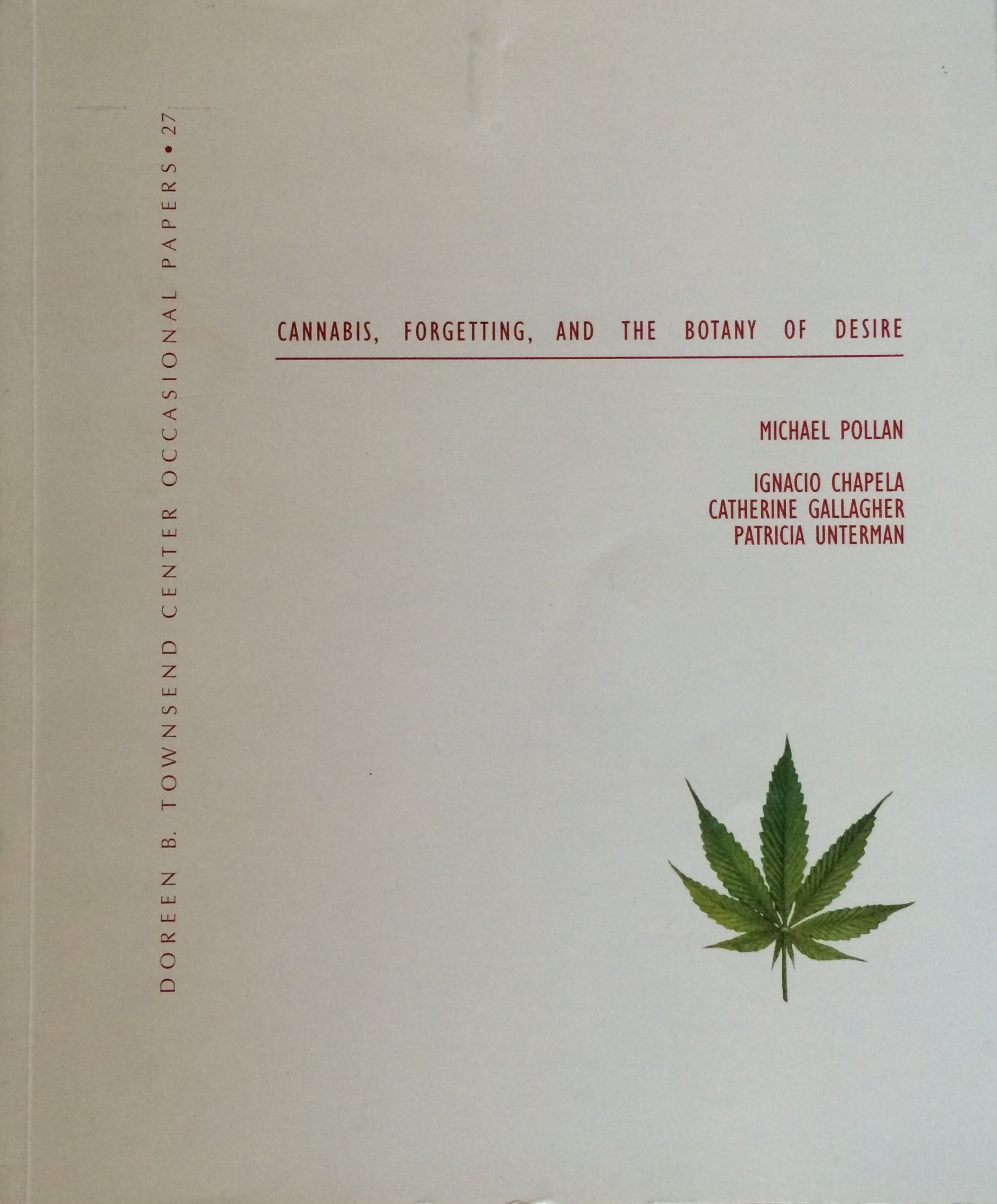What do you think?
Rate this book


Unknown Binding
First published January 1, 2002
[Pollan experiments in his garden by planting Monsanto NewLeaf potatoes, which have a beetle insecticide, Bt (Bacillus thuringiensis) integrated in their genes.] \""By 'opening and using this product,' the card informed me, I was now 'licensed' to grow these potatoes, but only for a single generation; the crop I would water and tend and harvest was mine, yet also not mine. That is, the potatoes I would dig come September would be mine to eat or sell, but their genes would remain the intellectual property of Monsanto, protected under several U.S. patents. ... Were I even to save one of these spuds to plant next year—something I've routinely done with my potatoes in the past—I would be breaking federal law.\""
\""The Food and Drug Administration told me that, because it operates on the assumption that genetically modified plants are 'substantially equivalent' to ordinary plants, the regulation of these foods has been voluntary since 1992. Only if Monsanto feels there is a safety concern is it required to consult with the agency about its NewLeafs. I'd always assumed the FDA had tested the new potato [common in McDonald's fries and commercial potato chips], maybe fed a bunch of them to rats, but it turned out this was not the case. In fact, the FDA doesn't even officially regard the NewLeaf as a food. What? It seems that since the potato contains Bt, it is, at least in the eyes of the federal government, not a food at all but a pesticide, putting it under the jurisdiction of the Environmental Protection Agency. Feeling a bit like Alice in a bureaucratic wonderland, I phoned the EPA to ask about my potatoes. As the EPA sees it, Bt has always been a safe pesticide, the potato has always been a safe food, so put the two together and you've got something that should be safe both to eat and to kill bugs with.\""
\""The bubble logic driving tulipomania has since acquired a name: \""the greater fool theory.\"" Although by any conventional measure it is folly to pay thousands for a tulip bulb (or for that matter an Internet stock), as long as there is an even greater fool out there willing to pay even more, doing so is the most logical thing in the world.\"""""